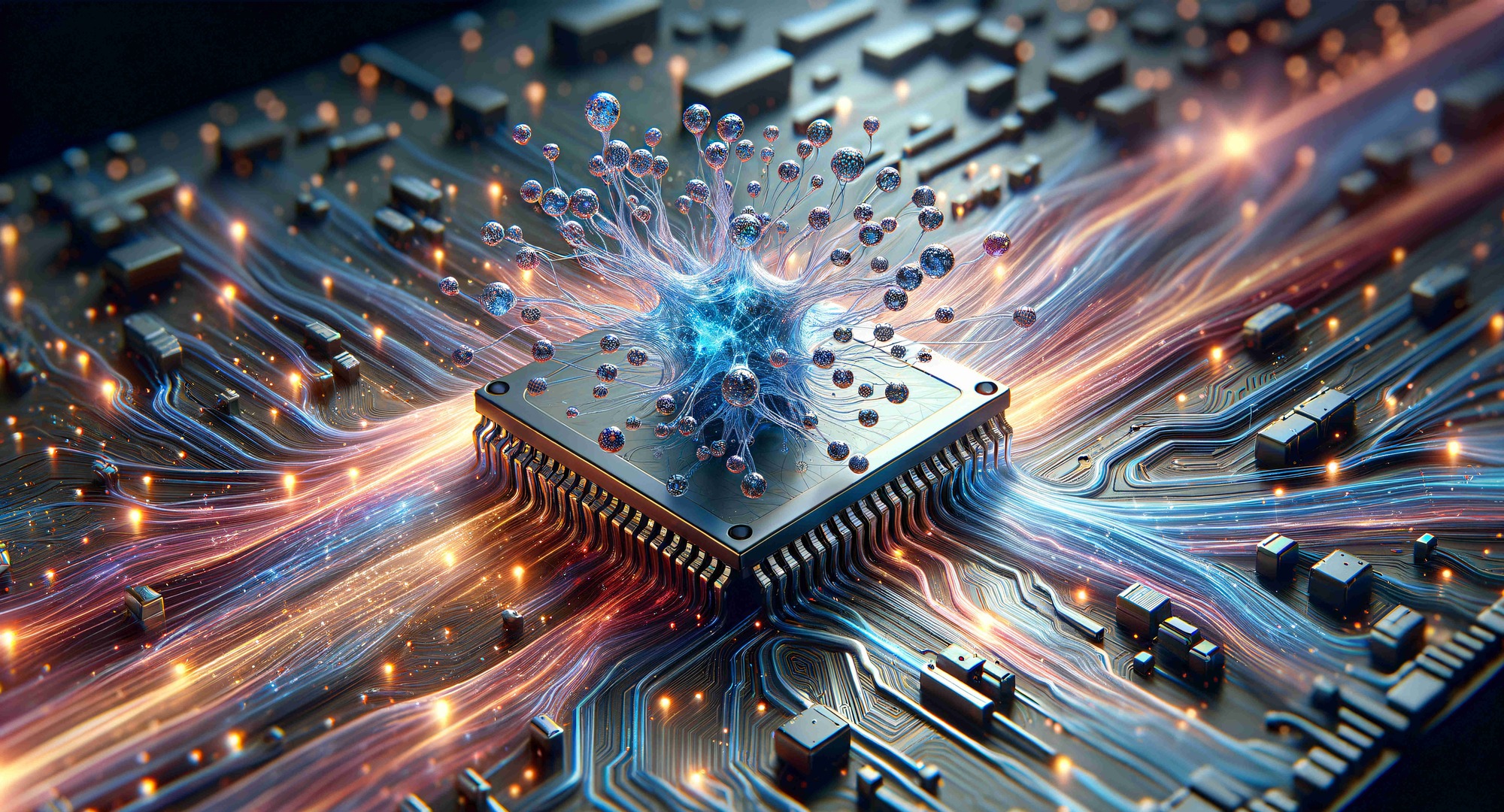Advanced RRAM-Based Neuromorphic AI Chip
KEY INFORMATION
Infocomm - Artificial Intelligence
TECHNOLOGY OVERVIEW
The rise of AI adoption in a more digitalized world comes with the increasing hunger for computing power with higher performance while having lower latency. With conventional computing components not being specialized for these tasks, hardware, architecture and chips are developed and optimized to process specialized AI algorithm operations, bringing cloud computing closer to the edge. Resistive random-access memory (RRAM) is considered as the next generation of memory technology for neuromorphic computing applications due to its non-volatile, high-performance computing and ability to provide both computing and storage capabilities within a single chip. However, current RRAM technology is still heavily researched and faces challenges such as scalability limitations, high latency, and complex design largely due to its analog nature.
The technology owner has developed a technology solution in the form of a neuromorphic chip. By incorporating its patent-pending optimized architecture design and proprietary peripherals, the technology solution enhances RRAM’s capabilities while eliminating its challenges. With its integration with RRAM, it is able to engage in in-memory computing within a unified architecture, lowering latency while enhancing energy efficiency (up to 30 TOPS/W). The architecture enables seamless integration with field-programmable gate arrays (FPGAs), simplifying the design process with re-programmability in mind. With its modular dual-core arrays (up to 128x128) design, it enables RRAM to be easily scaled for complex AI algorithm and large-scale data processing within devices. With these capabilities, it accelerates the adoption of neuromorphic chips for the use of edge-AI applications.
The technology owner is seeking collaborative partners focusing on AI hardware and software development to further accelerate the widespread use of AI applications and industrial partners keen on exploring further integration of edge-AI capabilities into their product to unlock more sophisticated and reliable solutions.
TECHNOLOGY FEATURES & SPECIFICATIONS
Through the integration of the optimised architecture and supporting proprietary peripherals into RRAMs, it enables the technology solution to:
- Engage in simultaneous computation and storage capabilities (in-memory computing) whereby conventional chip architecture separates these functions
- Increase system efficiency by reducing data transfer bottlenecks common in traditional systems via its simplified design
- Increase peak efficiency (to 30 TOPS/W) for various demanding AI inferencing processes due to the optimisation of interfacing between RRAM and digital components via its proprietary peripherals
- Supports modular dual-core array chip architecture (up to 128x128) for scalability to handle complex AI algorithm and large-scale data processing tasks
- Compatible with FPGAs which enables development of programmable software algorithms for customisation and specific application needs
- Resistance to radiation due to its RAD HARD robust design making it suitable for extreme environments
- Able to achieve the harsh standard requirement of automotive grade chips (e.g. operating temperature, error rate, lifespan)
POTENTIAL APPLICATIONS
With this technology solution, it accelerates the industrial adoption of RRAMs by reducing its limitations while enhancing its capabilities. Some potential applications include:
- Neuromorphic Processors: With higher energy efficiency and lower latency, it empowers edge-AI devices for more advanced AI applications such as deep learning, neural networks and real-time data processing.
- Automotive: Enhancement of existing advanced driver-assistance systems (ADAS) where rapid data processing and storage and low latency are critical in its optimal operation
- Consumer Electronics: The scalability and high energy efficiency enables RRAM to be deployed in smart devices, enhancing the functionality and performance of smart home devices, wearable technology and other IoT applications
- Data Analytics (e.g. finance, telecommunication, data center): Due to its low latency and ability to manage and process data efficiently, it enables fast processing of large datasets to provide insightful real-time analytics for users
- Extreme Environment AI Application (e.g. military operation, space exploration, nuclear facilities): Being resistant to radiation enables the use of electronics in extreme environment while providing the full functionalities of RRAM
Market Trends & Opportunities
The global AI chipset market is valued at US$51.19 billion in 2023 and is estimated to be valued at US$131.78 billion by 2028, exhibiting a CAGR of 20.8% during the forecasted period.
In particular, the global AI hardware processor chipset is valued at US$15.08 billion in 2023 and is estimated to be valued at US$50.66 billion by 2028, exhibiting a CAGR of 27.4% during the forecasted period.
Unique Value Proposition
The technology solution introduces an optimized architecture design with supplementary proprietary peripherals for analog RRAM into a form of a neuromorphic chip, enabling both computational and storage into a unified architecture. With this solution being integrated into RRAM, it tackles existing RRAM challenges resulting in reduced latency, improved energy efficiency and enhancing resilience to extreme environments (e.g. radiation) while delivering high performance (up to 30 TOPS/W). With its scalable architecture supporting dual-core arrays up to 128x128 and compatibility with FPGAs, it provides adaptability, scalability and flexibility to optimize task-centric applications. With the enhancement of RRAM’s capabilities while minimizing its limitations, the technology solution accelerates the deployment and adoption of current and future edge-AI solutions.

